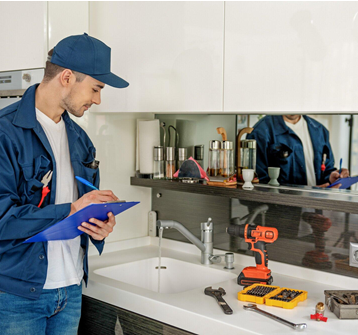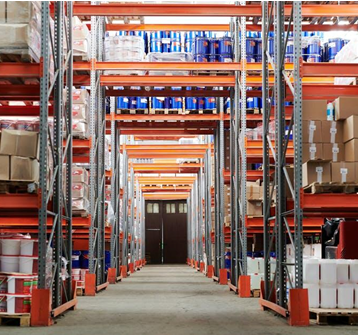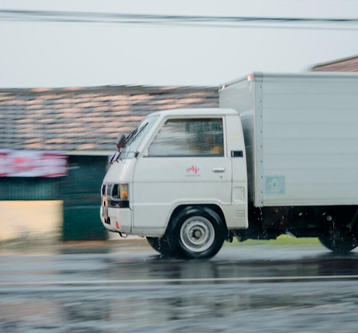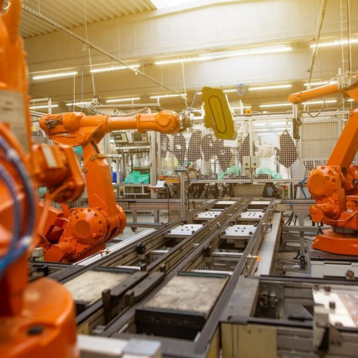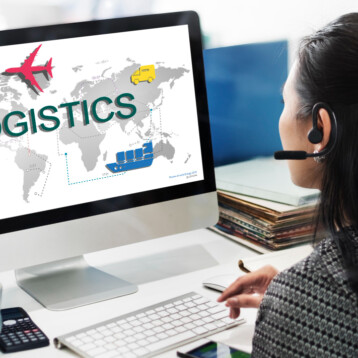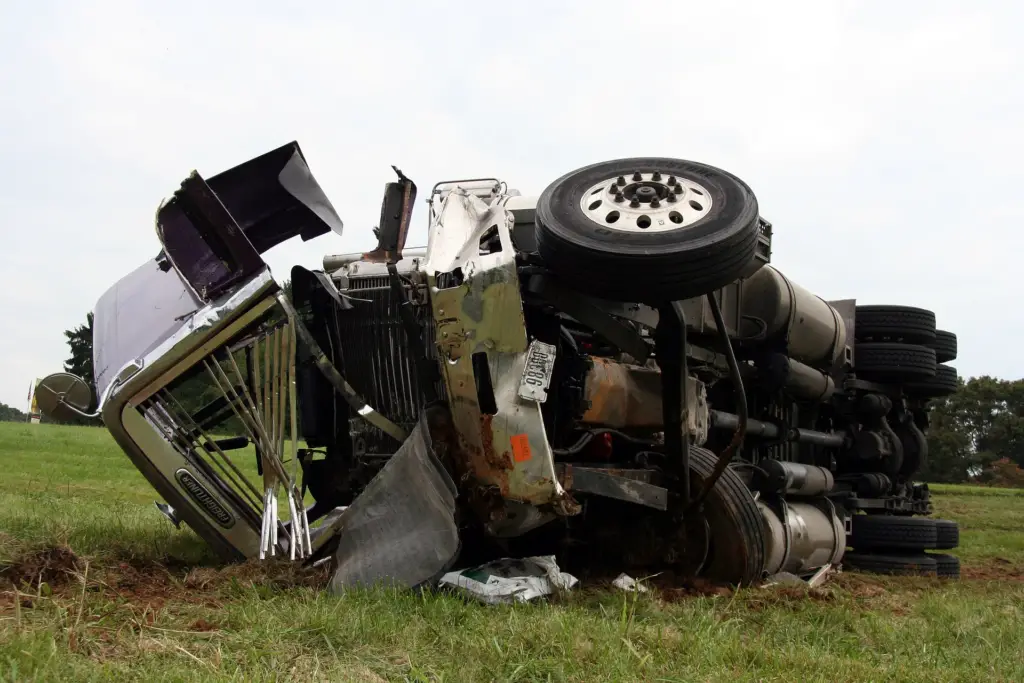
Automation in transportation promises a seismic shift towards safety on our highways. From AI that mirrors a co-pilot’s vigilance to predictive maintenance akin to having a crystal ball under the hood, these technologies are setting the stage for fewer truck accidents.
Let’s navigate through some of these exciting innovations that are beginning to reshape road travel.
Staying Safe Without Automation
While the implementation of automation could undoubtedly reduce truck accidents, truck drivers should never forget to take steps themselves to remain safe when behind the wheel.
Here are five actionable tips for staying safe:
- Rest Is Non-Negotiable. Prioritise sleep to maintain sharp reflexes.
- Thorough Vehicle Inspections Are Crucial. Perform detailed pre-trip checks every time.
- Maintaining Weather Awareness Is Critical. Adjust driving style to current weather conditions.
- Continuous Learning Is Vital. Stay updated on the latest safety regulations and practices.
- Staying Connected Is Important. Use communication tools to stay informed about route changes or hazards.
Engaging with these practices not only underscores a commitment to safety but also actively contributes to an accident-free transport environment. That means truck drivers and others can stay safe on the road. It also means truck drivers can avoid potentially being held legally liable for an accident.
It is worth mentioning that if you are injured in a truck accident that isn’t your fault, with a truck accident attorney fighting for you, you can potentially optimise the outcome of the case and receive compensation to cover things like lost wages and medical bills.
Now, let’s turn toward the world of automation, which can reduce the likelihood of truck accidents.
Co-pilots of the Road: Advanced Driver-Assistance Systems
Advanced driver-assistance systems (ADAS) stand out as safety-conscious co-pilots in today’s trucks. Armed with features like adaptive cruise control, lane-keeping assist, and automatic emergency braking, these systems lend human drivers a technological hand.
ADAS doesn’t replace the person behind the wheel but enhances their capabilities, reducing the margin for error that often leads to accidents. Think of it as a seasoned navigator whispering course corrections and warnings to keep the journey safe.
Companies such as Daimler are embedding these features into their fleets, demonstrating that augmenting human skills with machine precision isn’t just smart; it’s crucial for modern transport.
Bridging the Gap with V2X Communication
A lesser-sung hero in the safety symphony of trucks is Vehicle-to-Everything (V2X) communication. It allows trucks to communicate —with each other, traffic signals, and even pedestrian smartphones mitigating risks long before they escalate into accidents.
By sharing information about their speed, location, and direction, vehicles can weave a dynamic web of situational awareness. This technology turns every participant into a node of collective intelligence on the road.
Eyes on the Fleet: AI-based Monitoring Tools
The role of vigilant oversight in transportation can’t be understated. Enter AI-based monitoring tools – the watchful eyes that never blink. These systems diligently observe driver behaviour and vehicle performance, flagging anything from erratic driving to prolonged idleness.
Sleep deprivation and distractions get no quarter here as these tools work tirelessly to keep risks low and alertness high. With AI assistance, fleet managers gain invaluable insights (and peace of mind), knowing their drivers and cargo are under a constant yet caring gaze.
Predictive Analytics: The Maintenance Crystal Ball
Lastly, imagine if trucks could warn us before breaking down. That’s the promise of predictive analytics in transportation. This tech is like a crystal ball for maintenance, using heaps of data to forecast mechanical failures before they lead to trouble or worse, accidents.
Leveraging historical performance and real-time diagnostics, AI systems spot patterns that signal potential issues. It’s not just about averting mishaps; this proactive approach can keep trucks running smoother for longer, cutting downtime and costs along the way.
When it comes to safety and efficiency on the road, sometimes the best move is to predict and prevent rather than react and repair.






